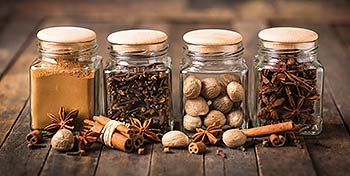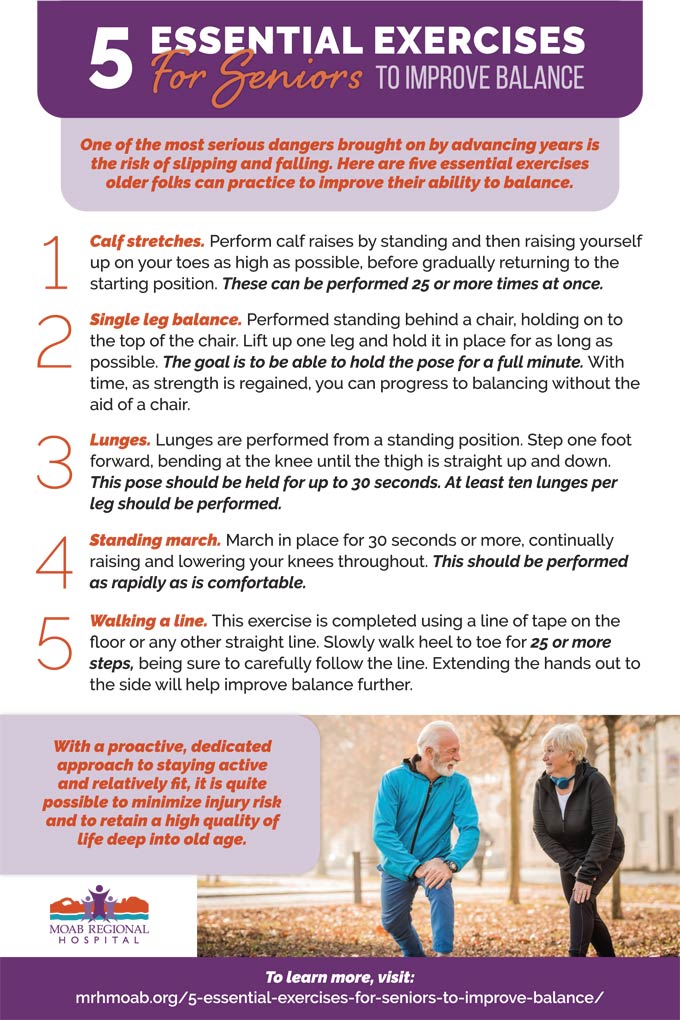|
|
HEALTHY HAPPENINGS - January 2022
|
Why Can't I Lose Weight?
by Ray Andrew, MD
|
 This is the time of year when half of American adults are thinking about their weight. For some, this stems from a little too much indulgence in holiday goodies, starting with Halloween and carrying on until January 1st. New Year’s resolutions provide the perfect penance for such indulgences. Even those who resisted all the chocolate delights may still see room for improvement in their health and be thinking about eliminating some old habits or creating some new ones. Needless to say, the new year is a great time to own a gym or health food store. This is the time of year when half of American adults are thinking about their weight. For some, this stems from a little too much indulgence in holiday goodies, starting with Halloween and carrying on until January 1st. New Year’s resolutions provide the perfect penance for such indulgences. Even those who resisted all the chocolate delights may still see room for improvement in their health and be thinking about eliminating some old habits or creating some new ones. Needless to say, the new year is a great time to own a gym or health food store.
Unfortunately, the best intentions do not always yield the desired results. Old habits don’t die easily, and new ones take hard work and perseverance. Even with super-human dedication, you might feel as if you are running on a treadmill: No matter how hard you work, how long and fast you run, you’re still in the same place, only more tired.
At this point, you might consider asking your doctor: “Why can’t I lose weight?” And you might hear an answer like, “You need to eat less and exercise more.” This makes sense: If you burn more calories than you take in, you have to lose weight, don’t you? This is what we’ve always been told—so often, in fact, that it is considered self-evident. And if you don’t lose weight, you must be cheating.
The truth is, sometimes this formula works, and sometimes it doesn’t. If you have a lot of excess weight to begin with, and you tend to eat a lot of high-calorie foods, cutting out the sugar, carbs, and second helpings can yield dramatic weight loss. But if you are like many who come to see us at Prestige Wellness Institute, you are already doing the best you can, and the needle still does not want to budge. Or you successfully lose weight on a diet but soon find yourself gaining it all back, in spite of eating healthily and exercising three hours a day.
 This is both frustrating and demoralizing. What makes it worse is when a well-intentioned but not-so-well-informed doctor, friend, or family member suggests or even insists that your failure to lose weight incriminates you as a closet cookie monster. Like everyone else in society, doctors are unfortunately slow to abandon time-honored, simplistic, closely-held beliefs, even when scores of scientific studies disprove them. This is both frustrating and demoralizing. What makes it worse is when a well-intentioned but not-so-well-informed doctor, friend, or family member suggests or even insists that your failure to lose weight incriminates you as a closet cookie monster. Like everyone else in society, doctors are unfortunately slow to abandon time-honored, simplistic, closely-held beliefs, even when scores of scientific studies disprove them.
If you can’t lose weight to save your life, or lose it but soon regain it without changing anything, chances are good that you suffer from weight loss resistance. Your body violates the rule, “calories in = calories out” for the simple reason that metabolism is far more complex, and involves many more variables, than we understand or want to deal with.
Fortunately, there is hope. One commonly-overlooked cause of weight loss resistance is your body’s amazing ability to establish and maintain the status quo. Go on a diet, and you may lose weight for a while. Stay on the same diet for an extended period of time, and your body will adapt—usually by slowing down your metabolism. Changing up your diet from one healthy program to another can give your body just enough stress to push it off the weight loss plateau.
Aside from changing what and how much you eat, changing when you eat can be helpful. Your body learns to adapt to your eating schedule, however restrictive it may be. This coping mechanism can be overcome by mixing up time-restricted eating (intermittent fasting) with 24-hour fasting, 5-day fasting, “feast” days, and other variations.
While ensuring that your eating habits are most conducive to weight loss, you will also want to identify and address internal causes of weight loss resistance. A physician who is trained in functional medicine will undertake a full evaluation of your hormones, cellular nutritional status, sleep, hidden infections, gut health, hydration, inflammation, immune system, and toxicities. Each of these investigations can provide a number of treatment avenues to help you shed previously-stubborn pounds and inches.
One source of this resistance that is often overlooked is toxicity. Because most of us don’t experience any immediate consequences from pesticides, glyphosate, heavy metals, outdoor air pollutants, beauty products, etc., it is easy for us to assume that they are harmless. In reality, anything that interferes with the function of cell membranes, mitochondria, and enzyme activity makes every cell in the body less able to perform its vital functions. Moreover, the human body was not designed to remove the tens of thousands of man-made chemicals that have only been in existence for 100-200 years. You may not realize it, but you have toxins in your body that you picked up from your mother before you were even born. Add to them the toxic load you have accumulated over a period of decades and you may begin to wonder how you even continue to function. Or you may begin to suspect that toxins are playing a role in how crappy you feel.
 What does toxicity have to do with those love handles? It turns out that fat isn’t just your body’s way of putting unneeded (excess) sugar and carbohydrates into cold storage for a rainy day. It’s also what your body uses to “tie up” toxins so they aren’t floating around in your bloodstream wreaking havoc like mischievous kids roaming the streets with nothing to do. Consequently, when you go on a diet to empty out your fat cells, your vital organs are more fully exposed to toxins they cannot handle. So your body makes every effort to store fat again as quickly as possible, getting the toxins back out of circulation. What does toxicity have to do with those love handles? It turns out that fat isn’t just your body’s way of putting unneeded (excess) sugar and carbohydrates into cold storage for a rainy day. It’s also what your body uses to “tie up” toxins so they aren’t floating around in your bloodstream wreaking havoc like mischievous kids roaming the streets with nothing to do. Consequently, when you go on a diet to empty out your fat cells, your vital organs are more fully exposed to toxins they cannot handle. So your body makes every effort to store fat again as quickly as possible, getting the toxins back out of circulation.
With this understanding, you can see why all the diets, gimmicks, appetite suppressants, and other weight loss drugs are doomed to failure: They don’t address the underlying causes of fat storage. Your body’s compensatory/protective mechanisms will win out every time.
If you are tired of relying on willpower alone to get your weight under control; if you discover that the pounds are not coming off no matter how many hours per day you exercise; or if you are all too familiar with the cycle of losing weight and looking great, only to put it all back on again, consider making an appointment to start to uncover and remove those hidden saboteurs in your body. You don’t have to figure it out on your own. You don’t have to wander the aisles of your local pharmacy or health food store looking for products claiming to end the battle of the bulge. Instead, you can take advantage of protocols designed specifically to address your imbalances, deficiencies, toxicities, and metabolic disturbances. Your journey starts by calling (435) 259-4008.
|
Warm Up with Winter Spices and Herbs
by Maggie Keating, Marketing and Outreach Coordinator of Moonflower Community Cooperative
|
Long nights and cold temperatures make winter a great time to experiment more in the kitchen. Explore some new foods, including warming herbs and spices found in traditional seasonal foods and beverages. Spices not only add diverse flavors to our food, they have a wide range of health benefits. The stimulating effect of warming spices generally aids in digestion and brings more awareness to our eating by activating our senses. Many spices have been revered and used in international trade, Ayurveda, Traditional Chinese Medicine, and even folklore for millennia. Try incorporating these spices in your dishes and drinks this winter.
Ginger - Ginger has been widely used around the world for thousands of years, medicinally and as a zesty flavoring for food, candies, and beverages in many types of cuisines. It stimulates circulation, promotes healthy digestion, and can ease an upset stomach. Fresh ginger root can be stored in the refrigerator or freezer or even planted in a small pot on the windowsill for an ongoing, on-demand supply. When you need fresh ginger, simply lift the plant, cut off a piece of the root, and place it back in the pot (and keep it watered)!
Cardamom - Essential in Indian, Scandinavian, and Middle Eastern cuisine, this spice comes from the seed pods of various plants in the ginger family. It has a strong, sweet, pungent flavor and exotic, floral aroma with hints of lemon and mint. Medicinally, cardamom supports healthy digestion by combating bloating, gas, and indigestion. Add the powder to oatmeal, baked goods, sweet potatoes, sweet sauces, meats, or fresh fruit. Combine with cloves, nutmeg, and cinnamon for chai and garam masala. Chew on whole cardamom seeds to support fresh breath.
Clove - Cloves are the dried flower buds from an evergreen tree native to Indonesia. They have been used extensively for thousands of years in Indian, Middle Eastern, North African, and Chinese (in five spice powder) cuisine, highly prized since ancient times. This spice supports immune, reproductive, and lung health, and can offer relief for gas and indigestion. Grind whole cloves fresh in oatmeal, curries, and sweet dishes. Flavor rice with cloves, cinnamon, bay leaves, and black pepper.
Cinnamon - Cinnamon has been a popular and important spice within international trade for thousands of years. It comes from the inner bark of various species of Cinnamomum trees, native to China and Indonesia. Cassia, the most commonly consumed cinnamon, has a deep, sweet, rich flavor and makes an excellent addition to savory dishes such as meats and soups. “True” cinnamon is lighter in color and softer in texture than cassia cinnamon; its subtler, more delicate flavor is preferred for desserts. Vietnamese (aka Saigon) cinnamon adds a distinctly powerful, spicy flavor to baked goods as well as curries, sauces, and soups like pho.
Nutmeg - Nutmeg is an aromatic spice from the nutmeg tree, native to the same Indonesian islands as the clove tree (the “Spice Islands”). Two spices are actually derived from this tree: nutmeg from the kernel of the fruit and mace from its protective covering. Nutmeg’s unique, warming flavor is added to teas, beverages, baked goods, soups, and rice. Though more commonly found as a powder, try grinding whole nutmeg fresh into recipes. Try adding some to warm almond milk before bed to promote relaxation.
Turmeric - Turmeric is a common spice in Indian and Asian cuisine, with an earthy, somewhat bitter flavor. Grown in tropical regions, the fleshy rhizomatous “root” is a potent anti-inflammatory, and also supports overall immune system wellness, promotes clear, healthy skin, and strengthens digestion. Use the ground powder to make golden milk or chai tea, season rice dishes and soups, and even as a natural dye. The fresh root is more potent but may only be available seasonally.
Star Anise - Star anise is the seed pod of an evergreen shrub native to China. Though unrelated to Spanish anise, both plants contain the compound anethole, which gives them their licorice-like flavor. Star anise should be used in small quantities, either ground or as whole pods, as its distinct licorice-like flavor is very strong. It pairs well with citrus, onions, poultry, beef, cinnamon, nutmeg, and ginger. It is commonly used in several Asian cuisines, such as Chinese five spice powder, Vietnamese pho, and Indian biryani, garam masala, and chai.
You can find these spices in the bulk department at Moonflower Community Cooperative, or use them in tincture or aromatherapeutic essential oil form. Either way, enhance your winter wellness by adding some spice to your life.

|
|
|
|
|
|
|
|
|
© 2002-2024 Moab Happenings. All rights
reserved.
Reproduction of information contained in this site is
expressly prohibited.
|
|